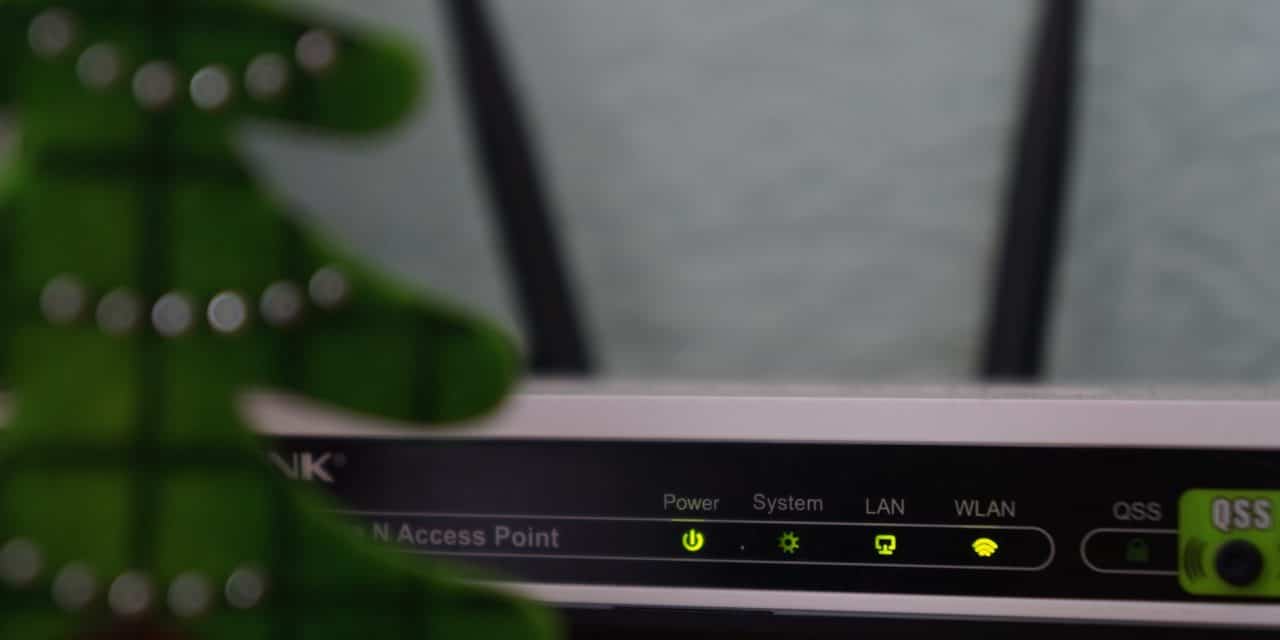[ad_1]
OSPF Network Types: Non-Broadcast Multicast
When you build a routed network using OSPF as your routing protocol of choice you have to take into consideration the fact that OSPF will automatically detect the Layer 2 encapsulation type and adopt one of 6 ways to operate on that link.
The first of these 6 behaviours which we will cover is OSPF Non-Broadcast mode
This Non-Broadcast mode is the default state that OSPF will set an interface to when you execute the command “encapsulation frame-relay” on a serial interface.
OSPF will consider this media like any other broadcast media such as Ethernet.
NBMA clouds are usually built in a hub and spoke topology. PVCs are laid out in a partial mesh and the physical topology does not provide the multi access that OSPF believes is out there.
OSPF in this mode will attempt to also elect a Designated Router and a Back Designated router. The selection of the DR and BDR the can become an issue because the DR and BDR need to have full physical connectivity with all other OSPF routers that exist in the Non-Broadcast network. If you have a hub and spoke network were one router has Frame Relay PVC's to each spoke then logically you would configure the Hub to be the DR and the spokes not to consider themselves as part of the election process. To do this you must configure the spokes with the following command: (Assuming we are using the physical interface)
interface serial 0
ip ospf priority 0
On the Hub router to be on the safe side set the following command so that it will become the DR. (Assuming we are using the physical interface)
interface serial 0
ip ospf priority 255
OSPF will not send any Multicast traffic over the Non-Broadcast media and due to this you will need to configure the DR with (And BDR if you have one)a static list of all other routers attached to the Non-Broadcast network, in the example below our neighbors are 10.1.1.2 and 10.1.1.3.
To do this you will need to use the following command:
router ospf 1
neighbor 10.1.1.2 10
neighbor 10.1.1.3 10
The “poll-interval” is the amount of time an NBMA interface waits before polling (sending a Hello) to a presumably dead neighbor. The neighbor command applies to routers with a potential of being DRs or BDRs (interface priority not equal to 0).
Also OSPF will change the interface timers to 30 second Hello and 120 Dead Timer.

